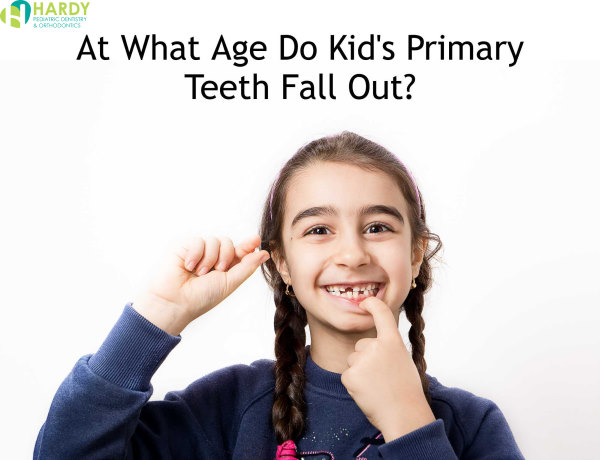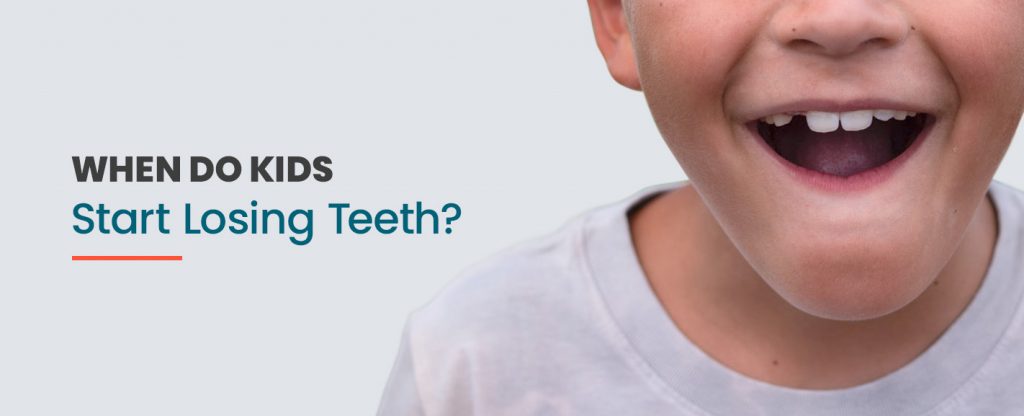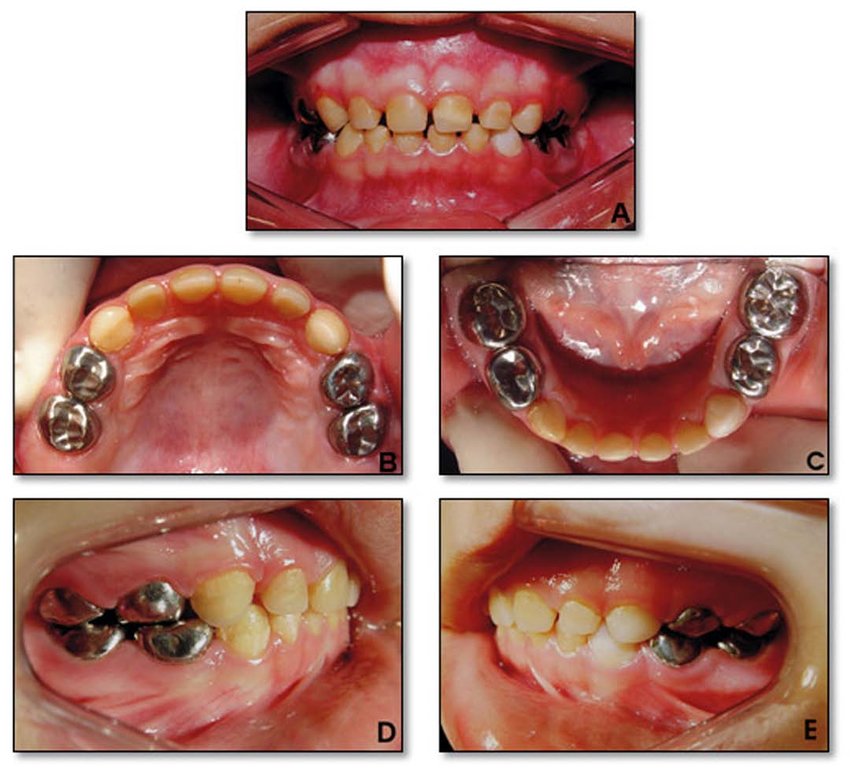What age do kids start losing teeth

As a parent, witnessing your child’s developmental milestones is a joy, and one significant milestone is the loss of baby teeth. Many parents find themselves asking, “What age do kids start losing teeth?” This question is not only common but also important for understanding your child’s dental development. This comprehensive guide will delve into the details of when and why kids start losing their baby teeth, the typical sequence of tooth loss, factors that influence the timing, and what to expect during this transitional phase.
What Age Do Kids Start Losing Teeth?
The process of losing baby teeth, also known as deciduous or primary teeth, typically begins around age six. However, the exact age can vary. Some children may start losing teeth as early as five, while others might not begin until seven or eight. Generally, the majority of children will have lost most of their baby teeth by the time they are 12 years old.
The Stages of Tooth Loss
- Early Tooth Loss (Ages 5-7)
- During these early years, the central incisors are usually the first to become loose and fall out. These are the front teeth, both upper and lower.
- The lower central incisors typically fall out first, followed by the upper central incisors.
- This stage can be exciting for children as it often coincides with starting school, and losing teeth is a sign of growing up.
- Middle Stage (Ages 7-9)
- Following the loss of the central incisors, the lateral incisors (the teeth next to the central incisors) are the next to go.
- By the end of this stage, children generally have a mix of baby teeth and permanent teeth, leading to the term “mixed dentition.”
- Later Stage (Ages 9-12)
- The canines (also known as cuspids) and molars are the last to fall out.
- This stage completes the transition from baby teeth to a full set of permanent teeth.

Factors Influencing Tooth Loss Timing
Several factors can influence the timing of when kids start losing teeth:
- Genetics
- Genetics play a significant role in determining when a child will start losing their teeth. If a child’s parents experienced early or late tooth loss, the child might follow a similar pattern.
- Gender
- Studies suggest that girls tend to lose their baby teeth slightly earlier than boys.
- Nutrition
- A balanced diet rich in essential vitamins and minerals supports healthy tooth development and can influence the timing of tooth loss.
- Overall Health
- Children with certain health conditions may experience delays in tooth loss. For example, conditions that affect growth and development, such as hypothyroidism, can delay the shedding of baby teeth.
- Early or Late Eruption of Baby Teeth
- Children who had their baby teeth erupt early may also lose them earlier, while those whose baby teeth erupted later may lose them later.
Signs That a Child Is Ready to Lose Teeth
Recognizing the signs that your child is ready to lose their baby teeth can help you prepare for the process:
- Loose Teeth
- The most obvious sign is a tooth that begins to wiggle. Children often enjoy wiggling their loose teeth with their tongues or fingers.
- Slight Discomfort
- As the permanent teeth push through the gums, children may experience mild discomfort or tenderness around the loose tooth.
- Visible Permanent Teeth
- In some cases, you may be able to see the permanent teeth coming in behind the baby teeth before the baby teeth fall out.
The Importance of Dental Care During Tooth Loss
Proper dental care is crucial during the period when kids start losing teeth. Here are some tips to ensure your child’s teeth remain healthy:
- Maintain Good Oral Hygiene
- Continue brushing twice a day and flossing daily to keep the remaining baby teeth and new permanent teeth clean and healthy.
- Regular Dental Check-Ups
- Regular visits to the dentist are essential. A dentist can monitor the progress of tooth loss and the emergence of permanent teeth.
- Healthy Diet
- Encourage a diet that is low in sugary snacks and drinks to prevent cavities. Foods rich in calcium, such as milk and cheese, support healthy teeth.
- Protect the Mouth
- If your child participates in sports, ensure they wear a mouthguard to protect their teeth from injury.

Common Concerns and Questions
1. Is it normal for my child to lose teeth early or late?
- Yes, there is a wide range of normal when it comes to losing baby teeth. If your child loses their first tooth at age four or eight, it may still be within the range of normal development. However, if you have concerns, consult your child’s dentist.
2. What should I do if a baby tooth is loose but not falling out?
- Encourage gentle wiggling, but avoid forcing the tooth out. Forcing a tooth can cause unnecessary pain and bleeding. If the tooth is not coming out and causing discomfort or affecting other teeth, visit the dentist for advice.
3. What if my child swallows a tooth?
- Swallowing a tooth is generally harmless. The tooth will pass through the digestive system without causing harm. However, it is a good idea to reassure your child and explain what happened.
4. What if my child’s permanent teeth come in crooked?
- It is not uncommon for permanent teeth to appear crooked as they first come in. They often shift into place over time. Regular dental visits are important to monitor the alignment of the teeth and discuss potential orthodontic treatments if necessary.
The Tooth Fairy Tradition
Losing baby teeth is often celebrated with the Tooth Fairy tradition. This can be a fun and comforting ritual for children:
- Encouraging Good Dental Habits
- The Tooth Fairy can be used to encourage good dental hygiene. For example, you could leave a note from the Tooth Fairy reminding your child to brush and floss.
- Making It Special
- Celebrate the loss of a tooth by placing a small gift or coin under the pillow. This can make the experience positive and exciting.
- Creating Memories
- Some parents keep their child’s baby teeth as keepsakes. You can use a special box or container to store the teeth and create a memory book of the milestone.
Understanding Permanent Teeth Development
When kids start losing teeth, it marks the beginning of the transition from baby teeth to permanent teeth. Understanding the development of permanent teeth can help parents support their child’s dental health:
- Eruption of Permanent Teeth
- Permanent teeth generally start to erupt around age six and continue until about age 13. The first permanent teeth to appear are usually the first molars and the lower central incisors.
- Molars and Premolars
- The first set of permanent molars (often called the “six-year molars”) erupt behind the last baby teeth without replacing any of them. Premolars replace the baby molars later on.
- Wisdom Teeth
- Wisdom teeth, or third molars, typically erupt between ages 17 and 25. These teeth may not come in for everyone and sometimes require removal due to lack of space or alignment issues.
Managing the Emotional Aspect of Losing Teeth
Losing teeth can be an emotional experience for children. Here are some ways to help your child cope:
- Reassurance
- Explain to your child that losing baby teeth is a natural part of growing up and that everyone goes through it.
- Positive Reinforcement
- Praise your child for their bravery if they are anxious about losing a tooth. Remind them that new, stronger teeth are coming in.
- Addressing Fears
- Some children may be afraid of the pain associated with losing teeth. Reassure them that it is usually not very painful and that any discomfort is temporary.
Common Myths About Tooth Loss
There are several myths surrounding the age kids start losing teeth. Let’s debunk a few:
- Myth: Losing baby teeth early or late is always a sign of a problem.
- Fact: While extreme cases may warrant a dental check-up, variations in the timing of tooth loss are usually normal and influenced by genetics and individual development.
- Myth: Baby teeth don’t need as much care because they fall out anyway.
- Fact: Baby teeth are essential for proper chewing, speaking, and holding space for permanent teeth. Good oral hygiene is crucial for maintaining healthy baby teeth.
- Myth: Pulling a loose tooth is the best way to remove it.
- Fact: It’s best to let a loose tooth fall out on its own. Forcing it can cause unnecessary pain and potentially damage the gum tissue.
Dental Emergencies During Tooth Loss
While losing baby teeth is usually straightforward, dental emergencies can occur. Here’s how to handle common issues:
- Tooth Loss Due to Injury
- Immediate Action: If a tooth is knocked out due to an injury, seek immediate dental care. For baby teeth, typically no re-implantation is necessary, but a dentist should examine the injury.
- Permanent Teeth: If a permanent tooth is knocked out, try to reinsert it gently into the socket if possible and seek emergency dental care immediately.
- Severe Pain or Swelling
- Consult a Dentist: Severe pain, swelling, or signs of infection should be evaluated by a dentist promptly to prevent complications.
- Prolonged Bleeding
- Apply Pressure: If a tooth loss results in prolonged bleeding, apply gentle pressure with a clean gauze or cloth and contact a dentist if the bleeding doesn’t stop within a reasonable time.
Conclusion
Understanding what age kids start losing teeth and what to expect during this process is essential for parents. The age at which children lose their baby teeth can vary widely, but the process usually begins around age six. Regular dental care, a balanced diet, and reassurance can help your child navigate this milestone smoothly. Remember, each child is unique, and variations in tooth loss timing are often normal. If you have any concerns about your child’s dental development, consult with a pediatric dentist to ensure everything is progressing well. By staying informed and proactive, you can support your child’s dental health and make the transition from baby teeth to permanent teeth a positive experience.
Related to read:
Best Oral Hygiene Practices For Optimum Oral Health.
How to Whiten Teeth Naturally?
How to keep your gums healthy and disease-free?
References
To ensure the information provided is accurate and up-to-date, the following sources were referenced:
- American Dental Association. (n.d.). Plaque and Tartar. Retrieved from ADA website
- Mayo Clinic. (n.d.). Dental Plaque. Retrieved from Mayo Clinic website
- National Institute of Dental and Craniofacial Research. (n.d.). Periodontal (Gum) Disease. Retrieved from NIDCR website
4o









